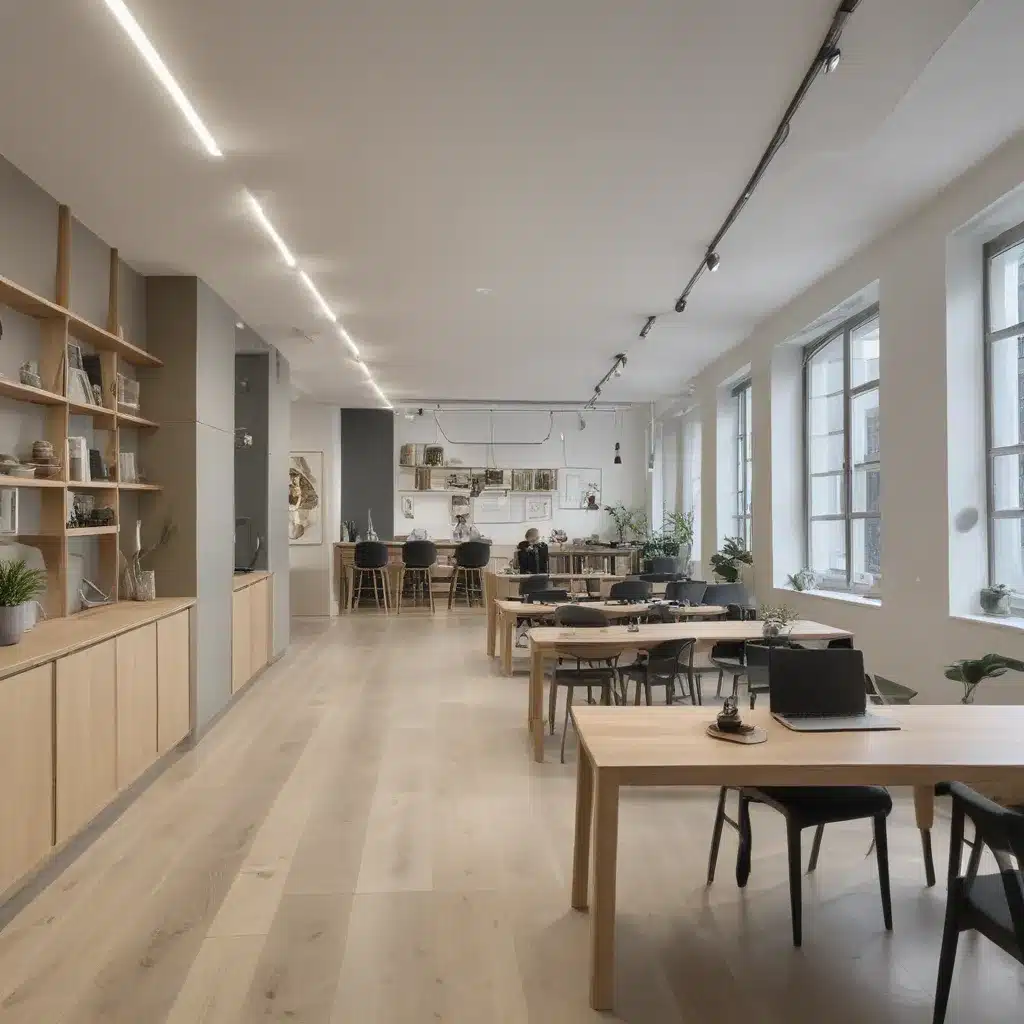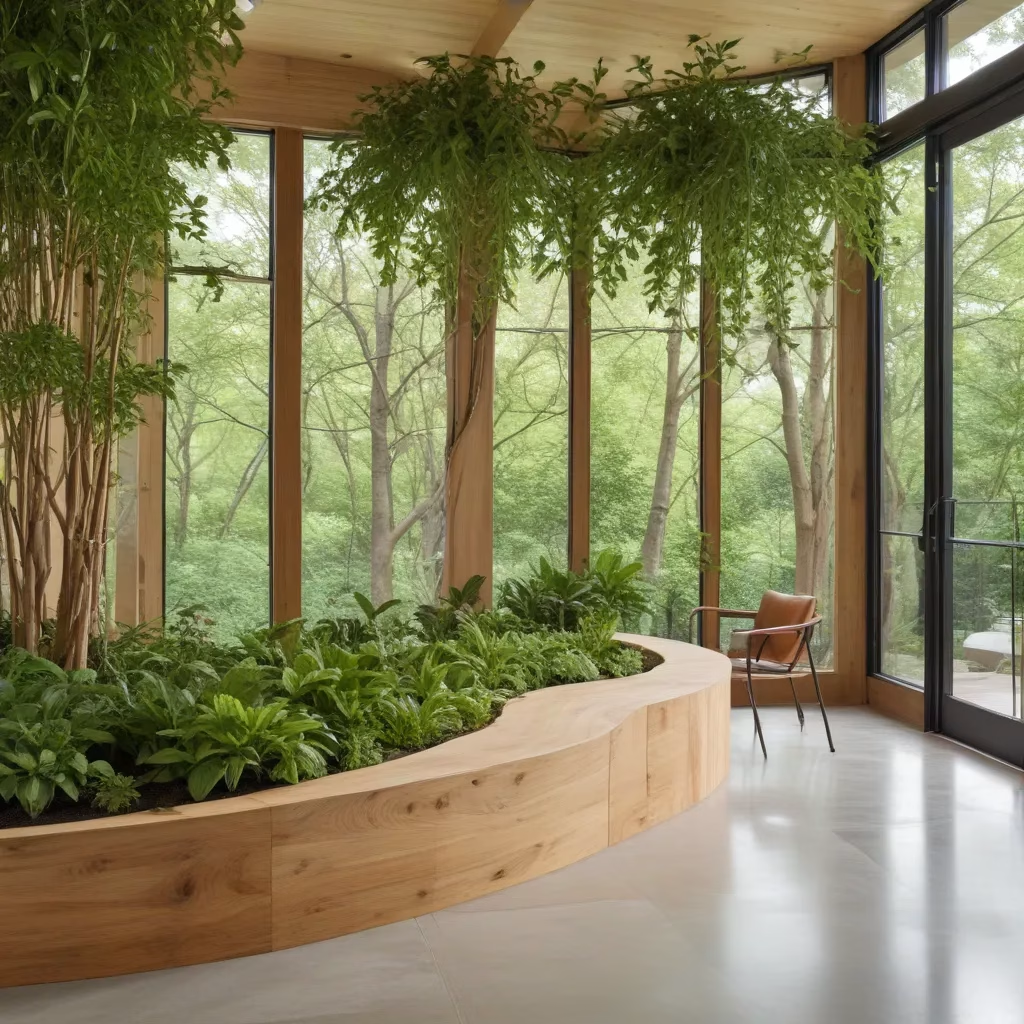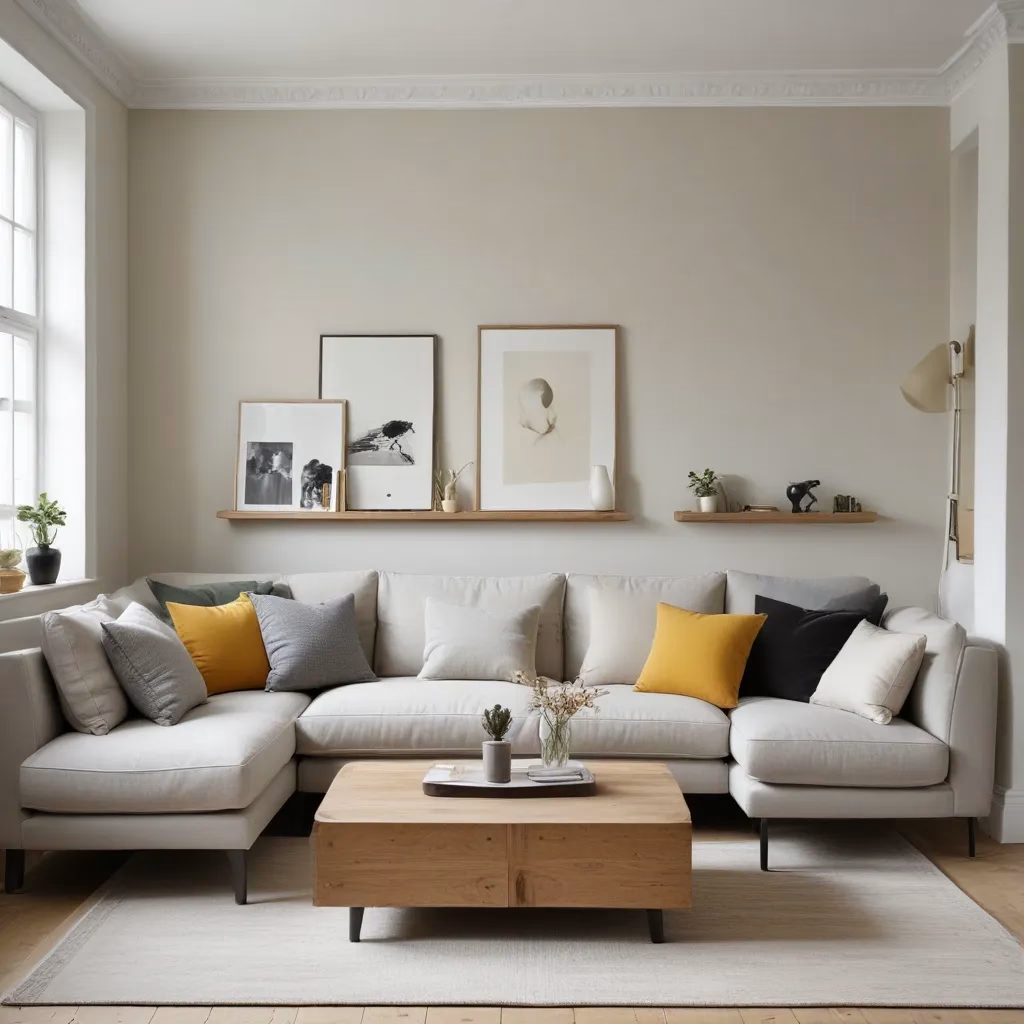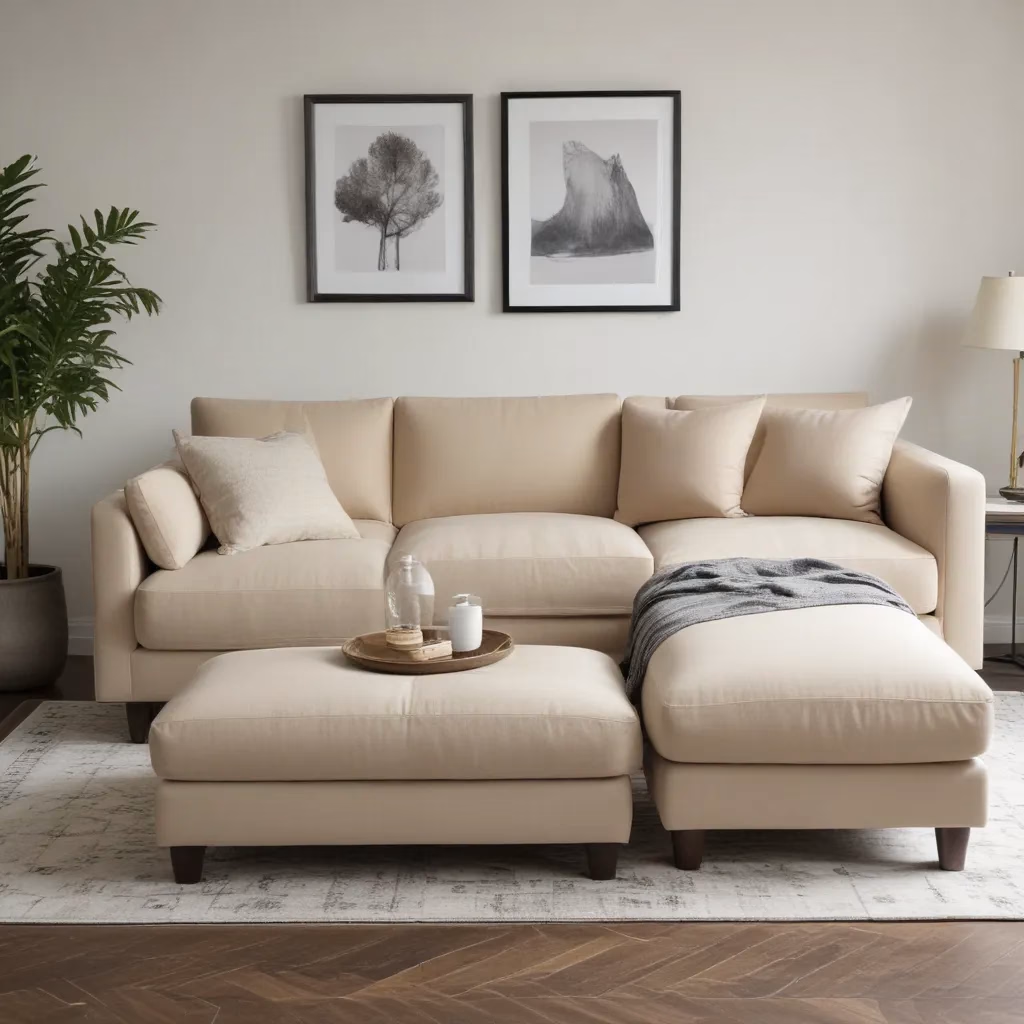Embracing the Ebb and Flow of a Dynamic World
As I stroll through the bustling streets of London, I can’t help but notice the constant state of flux all around me. Neighborhoods are continually evolving, businesses are reshaping their identities, and even the rhythms of daily life seem to shift with the changing tides. It’s a humbling reminder that the world we live in is anything but static.
This adaptability and fluidity are not limited to the public sphere, however. In fact, I’ve come to believe that the key to thriving in our ever-changing reality lies in our ability to create multifunctional spaces – environments that can ebb and flow with our needs, just like the world outside.
Modular Design: The Building Blocks of Flexible Living
My fascination with multifunctional spaces began a few years ago, when I stumbled upon an article about the concept of “flexible architecture.” The author, Robert Kronenburg, posited that the built environment should be as adaptable as the natural world – a living, breathing entity that can transform to suit our evolving requirements.
This idea struck a chord with me, especially as I contemplated the sofa that had been the centerpiece of my living room for the past decade. Sure, it had served me well, but as my lifestyle and needs had shifted over the years, I found myself wishing it could morph and adapt alongside me. That’s when I started exploring the world of modular furniture and multifunctional design.
Flexible office spaces became my newfound fascination, with their ability to seamlessly transition between collaborative hubs, private retreats, and everything in between. I marveled at the way a single room could transform from a bustling brainstorming session to a serene sanctuary for deep focus, all with the simple rearrangement of a few key elements.
Maximizing Every Square Inch
As someone who lives in a cozy London flat, I’ve always been acutely aware of the importance of maximizing every square inch of my living space. But with the rise of modular design, I’ve discovered that “maximizing” isn’t just about cramming more stuff into a room – it’s about creating environments that can adapt to our needs in the moment.
Take, for example, the multifunctional spaces designed by the team at Melichar Architects. By incorporating versatile furniture pieces and thoughtful lighting solutions, they’ve transformed once-static rooms into vibrant hubs that can seamlessly transition between work, play, and relaxation. A dining room that doubles as a library, a study that transforms into a yoga studio – the possibilities are truly endless.
And it’s not just about aesthetics, either. These dynamic spaces also address the practical needs of modern living, with built-in storage solutions and easily reconfigurable layouts. It’s the perfect blend of form and function, allowing me to create a home that truly reflects the ebb and flow of my life.
Fostering Connection and Collaboration
But the benefits of multifunctional design extend far beyond the confines of our personal spaces. As I’ve discovered, these flexible environments can also have a profound impact on the way we interact with the world around us.
Take, for instance, the Matsumoto Performing Arts Centre in Japan, which Kronenburg cites as a shining example of flexible architecture in action. With its adjustable ceilings, mobile furnishings, and open-concept layout, the centre is designed to facilitate a seamless flow of movement and collaboration. Whether hosting a grand performance or an intimate workshop, the space adapts to the needs of its occupants, fostering a sense of connection and creativity that would be impossible in a more static setting.
And it’s not just cultural institutions that are embracing this flexible approach. Businesses, too, are recognizing the value of multifunctional spaces in cultivating a dynamic, collaborative workplace. By offering a variety of work environments – from focus-friendly nooks to open collaboration hubs – these offices empower their employees to choose the setting that best suits their needs in the moment, ultimately boosting productivity, well-being, and camaraderie.
Designing for an Uncertain Future
As I contemplate the future of our built environment, I can’t help but feel a sense of excitement and optimism. In a world that’s constantly in flux, the ability to create spaces that can evolve and adapt alongside us is not just a luxury – it’s a necessity.
Just imagine the possibilities: a custom sofa that can morph from a cozy cuddle spot to a sprawling chaise lounge, an office space that can seamlessly transition between individual focus time and team brainstorming sessions, a living room that can transform into a guest suite at a moment’s notice. The opportunities to design for flexibility and flow are truly endless.
Of course, achieving this level of adaptability isn’t always easy. It requires a deep understanding of human behavior, a keen eye for design, and a willingness to challenge conventional thinking. But as the world continues to evolve at a breakneck pace, I believe that the architects, designers, and visionaries who embrace the power of multifunctional spaces will be the ones who shape the future of our built environment.
And who knows? Maybe one day, I’ll be the proud owner of a custom sofa that can morph and evolve alongside me, forever ready to ebb and flow with the changing tides of my life. After all, in a world that’s constantly in flux, the ability to adapt is the ultimate superpower.




